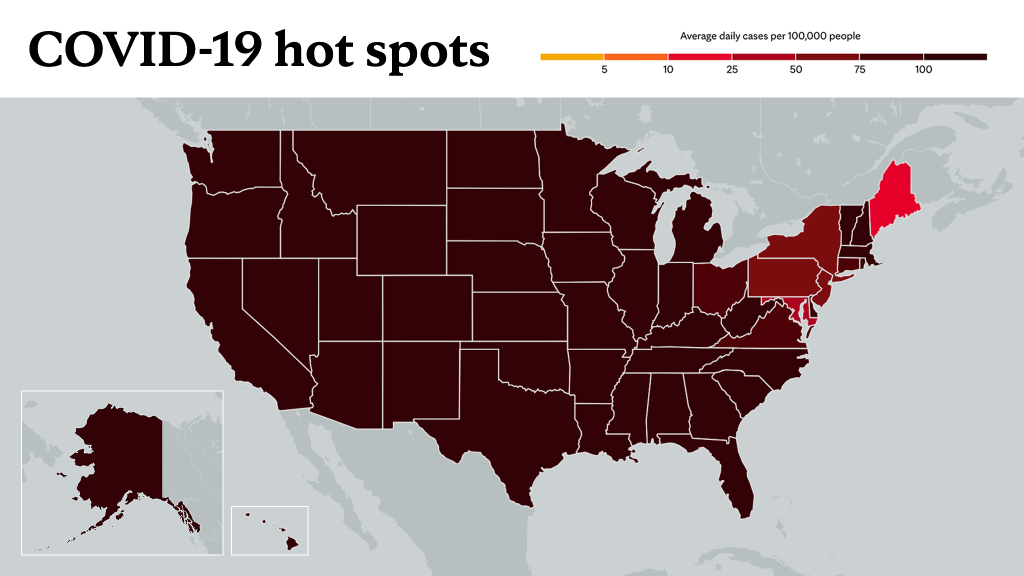-
Mayo Clinic expert discourages throat swab COVID-19 test ‘hack’
A Mayo Clinic expert is urging people to use at-home COVID-19 tests only as directed. While online claims suggest that a throat swab may better detect the omicron variant of COVID-19 than a nasal swab, Dr. Matthew Binnicker, director of Clinical Virology at Mayo Clinic, says no scientific evidence supports that claim.
Watch: Dr. Matthew Binnicker discusses the use of throat swabs for home COVID-19 testing.
Journalists: Soundbites are available in the downloads at the bottom of the posts. Please courtesy: Mayo Clinic News Network. Name super/CG: Matthew Binnicker, Ph.D./Laboratory Medicine and Pathology/Mayo Clinic.
"We don't have the data to support that a throat swab is better than a nasal swab. We need to continue to perform those tests exactly as the manufacturer's instructions call for," says Dr. Binnicker.
The at-home antigen tests available in the U.S. approve only the use of a nasal swab. Dr. Binnicker says the performance of the antigen test can be negatively affected by collecting a throat swab instead of a nasal swab.
"The pH, so the acidity level, in the throat is different than in the nasal tract. And groups have actually shown that things like acidic beverages, such as sodas, can cause false-positive antigen tests."
The Food and Drug Administration also is warning against self-collection of throat swabs due to the possibility of invalid results and because collecting a throat swab can cause injury if done incorrectly.
Dr. Binnicker says while it is possible that a new COVID-19 variant could prompt a change in testing strategy, for now, it's important to use the tests as they're designed.
"Stick with the instructions, and wait for the science and the data to help support any changes that need to be made."
Related posts:
____________________________________________
For the safety of its patients, staff and visitors, Mayo Clinic has strict masking policies in place. Anyone shown without a mask was either recorded prior to COVID-19 or recorded in a nonpatient care area where social distancing and other safety protocols were followed.
Information in this post was accurate at the time of its posting. Due to the fluid nature of the COVID-19 pandemic, scientific understanding, along with guidelines and recommendations, may have changed since the original publication date.
For more information and all your COVID-19 coverage, go to the Mayo Clinic News Network and mayoclinic.org.
Learn more about tracking COVID-19 and COVID-19 trends.








